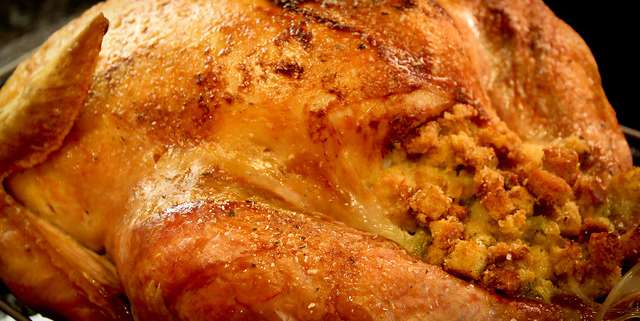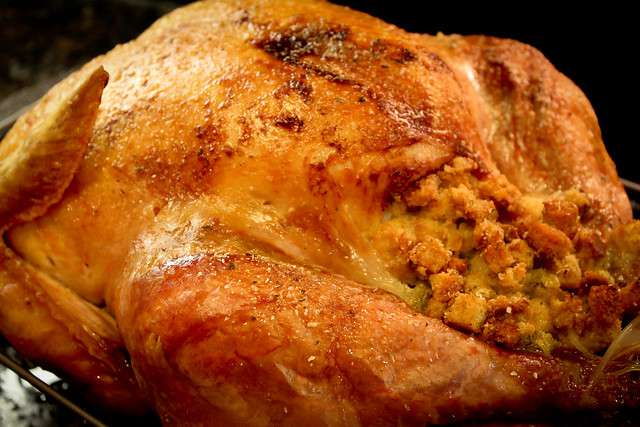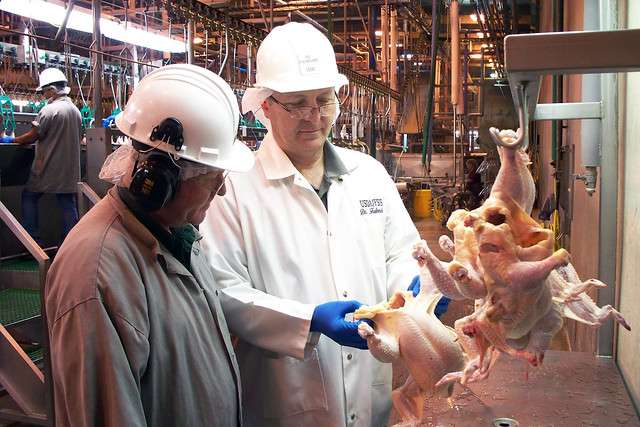
November is finally here and you know what that means…turkey time! I am already digging through my cookbooks and planning our big meal for the end of the month, along with millions of other Americans. Turkey sale prices are cramming the local ads and poultry production lines are in hyperdrive this month. To keep up with the demand and ensure consumer safety, visible spectroscopy is now being used to differentiate between wholesome and unhealthy poultry products. With regard to such massive numbers, visible spectroscopy works more quickly and more accurately than the human eye can manage and provides the first step towards safety in high speed production.



